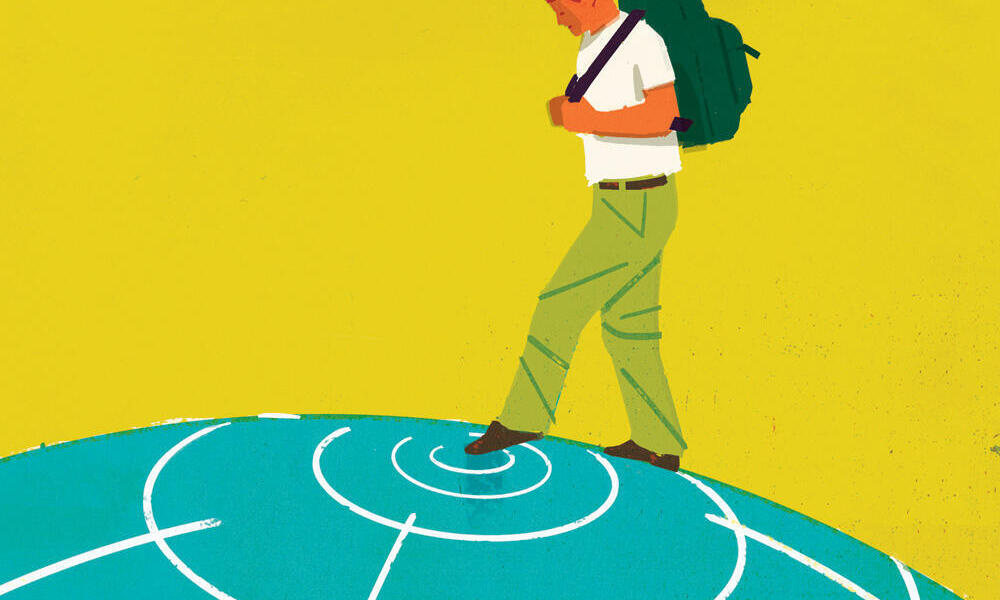I started travelling with my family when I was three. Before I knew anything about life, I knew that you could find a home, away from home. Growing up, I fantasized about getting lost in unknown places, stumbling upon secret cafés and bars, meeting complete strangers, and creating memories that will last a lifetime. I knew how significant and liberating travelling was for me, but unfortunately, I never thought about the other side of the story.
A few months ago, when I was in Italy, I was on my dream trip. In the winding streets of a quaint village on Lake Como, our Italian tour guide and I had a conversation that stayed with me. She told me how she loved a job that allowed her to interact with people from all around the world, but she was struggling to make ends meet, especially after the pandemic. Being a local and an independent service provider in the travel industry, she didn’t have the visibility and reach that many other commercial tour operators did.
Before this, I explored every place from a perspective that was obliviously mine. This conversation, as well as many others with Italian locals, opened my mind to who they were, what they go through and how tourism affected them, on a personal level.
Sustainable travelling combines two things that I deeply love: Travel and Conscious living.
When you have an awareness of the environment, people, culture, and economy of the place you are travelling to, you will have an experience that is richer and infinitely more gratifying. Even more so, you will be doing your part in minimizing the negative effects of tourism.
So, how do you go about it?
There are three aspects to sustainable travelling: social, economic, and environmental.
According to ‘The World Counts’, there are 1.4 billion tourists arriving at their destination every year, which comes to 45 arrivals every single second. With so many of us moving around the world, the impact of tourism is substantial and cannot be overlooked.
There are a few, practical ways in which you can be more considerate and responsible as you travel to every place on your bucket list.
Consider the most sustainable form of transport
To reach your destination, depending on how far it is, different transport options may be a more sustainable choice. If you are travelling in a group, sharing a car may be a sensible option, however, if you are by yourself, flying to your destination may be an ideal choice. To explore within a city, always opt for public transport rather than renting a car, for instance.
Pack light and eco-friendly
Packing what is essential and reusable will help you cut back on waste. You can pack a reusable water bottle, reusable bags and containers, for instance, to generate as little waste as possible.
Be a slow-traveller
Don’t rush through life. Savour it. By flying less often and staying longer at destinations, you will not only reduce your carbon footprint but also be able to appreciate each place more profoundly.
Eat Local
Try restaurants, cafes, and bars owned by locals. In this way, you will be supporting local businesses, all the while tasting traditional, authentic and delicious food.
Buy gifts and souvenirs from local shops
To support local artists, manufacturers and shop owners, buy gifts and souvenirs from locally-owned stores.
Choose locally-owned accommodation
Use your money to contribute to the local economy rather than foreign-owned hotels and resorts. You can read up about the accommodation beforehand to know more about who owns and runs it.
Ask questions
The most important thing is to increase your awareness and therefore your accountability to the environment and people. So, don’t be afraid of asking questions, having conversations, and learning new perspectives as you travel.
Sustainable travelling is a simple way to deeply enrich your travel experiences while creating a more conscious, harmonious and considerate world. A way of travelling that has opened my mind, and now, hopefully, yours too.
